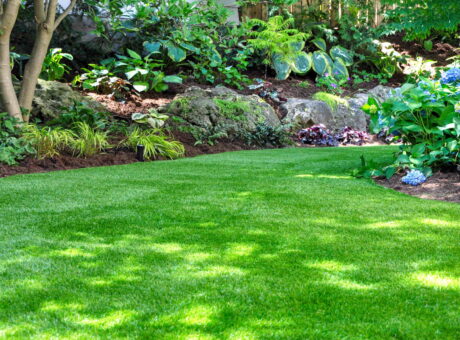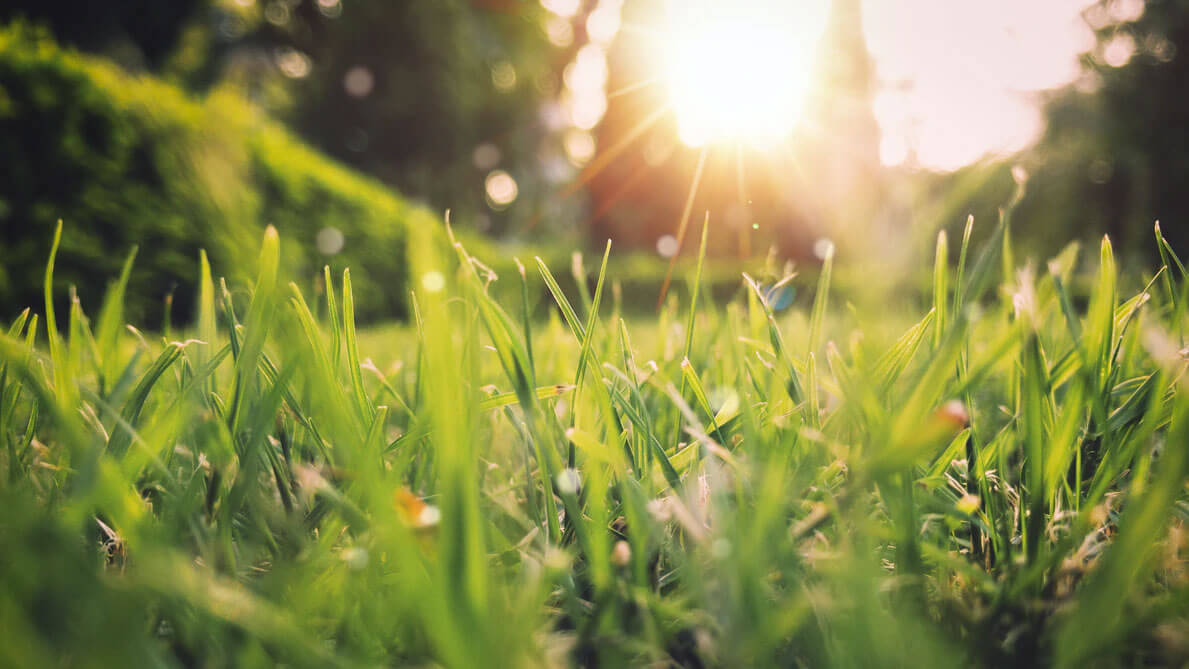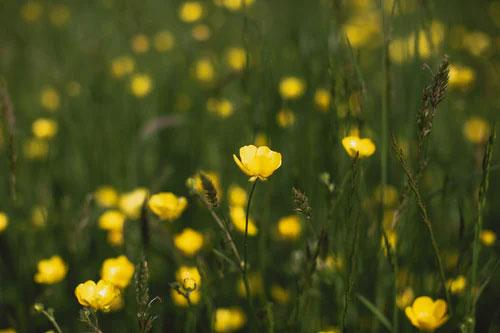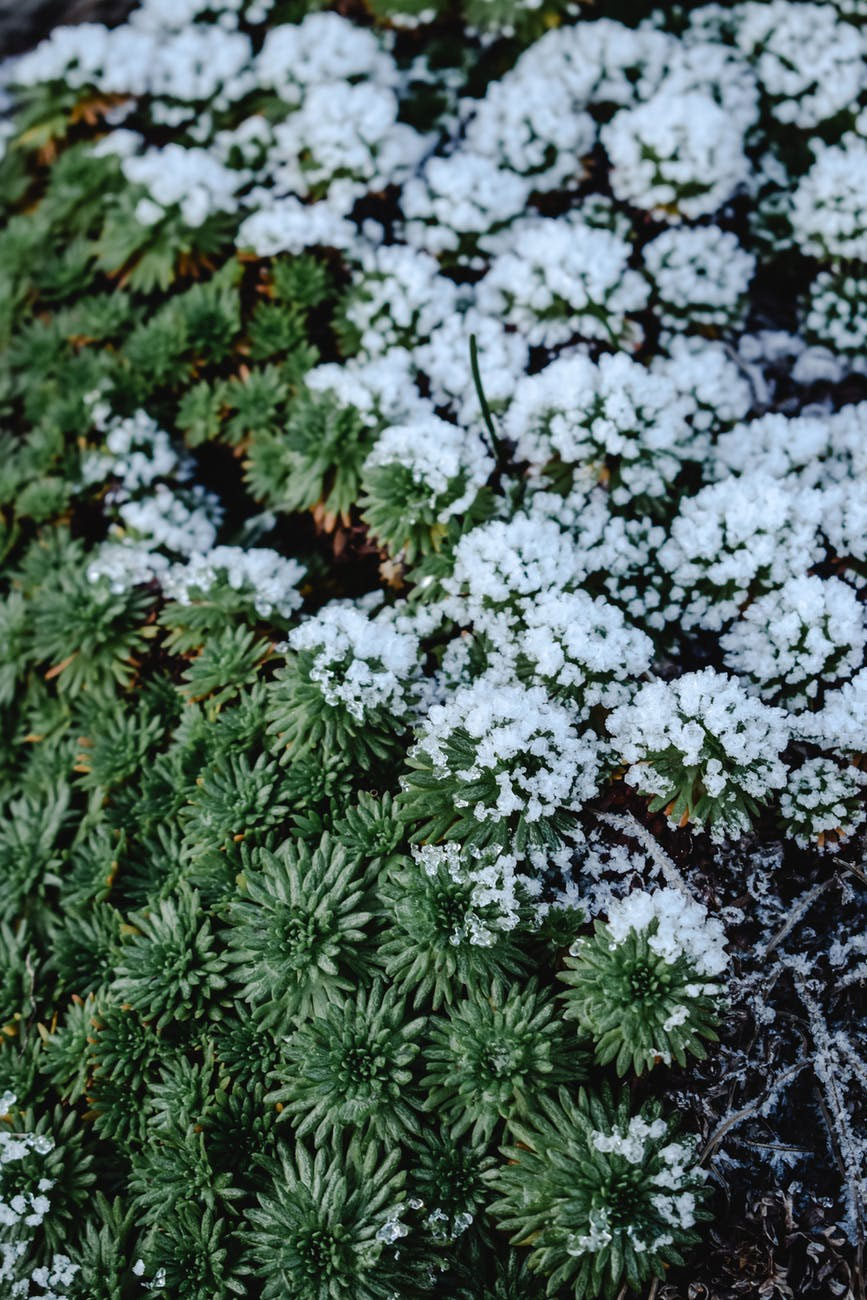Log in or create new account to save this product to your wishlist.
Autumn season
Autumn, the best season for growing grass
The British summer is unpredictable at best, but the temperature will likely drop a little during the cooler autumnal days. This makes autumn the prime season for lots of lawncare tasks.
Even though the air temperature may have dropped, soil holds on to the summer’s heat all the way through the autumn – especially if we experience a late Indian summer. This means that the soil is a prime temperature for sowing and growing grass seed.
As well as sowing new seed, there’s a range of other tasks that prepare your lawn for its winter dormancy, guaranteeing that the grass bounces back after a cold, wet winter.
There are four main lawncare activities to complete during the autumn.
* Dethatching
Summer is a high-stress period for your grass, what with the long hot, dry days (if we’re lucky) and the heavy use from ballgames, garden parties, and barbeques. At the end of your summer, your lawn may look a little patchy, showing the signs of drought. As grass dies off and the autumn leaves start to fall onto the ground, you’re likely to find a thatch layer surrounding the grass plants on the surface of your soil. This can suffocate your plants and needs removing.
* Great for overseeding
After dethatching (also known as scarifying), your lawn may look patchy and unhealthy, so this is the perfect time of year for overseeding. Overseeding is a simple task; just sprinkle and rake in additional grass seed to return your lawn to its lush, former glory. Solving bald spots on your lawn will also prevent weeds from taking advantage of the new soil space. Autumnal rain and the warm soil temperature make it the perfect seasons for overseeding your lawn.
* Prepare the lawn for winter
Although these days we get plenty of rain during the summer (look at the Glastonbury festival archive if you don’t believe us!), your grass may have experienced periods of drought, which weakens the plant. Fertilising the soil helps dying plants recover and brings fresh vitality to pale, neglected lawns. Feeding your lawn will help it grow back healthily, giving the grass plants better resistance to the coming winter (and giving you a head start for the spring).
* Seeding a new lawn
Autumn is the optimal time of the year for seeding a brand new lawn. You’ll prepare the seedbed – levelling it out and removing stones and debris – while roughing up the surface of the soil so that the seeds make maximum contact. The soil is the perfect temperature for germination in the autumn, and with more steady rainfall, you should find this season the best for establishing new grass plants. Within a couple of weeks, you’ll see the results, but don’t walk on fresh grass – leave it for up to three months, by which time the plants will have developed their strength.
Expert Choice
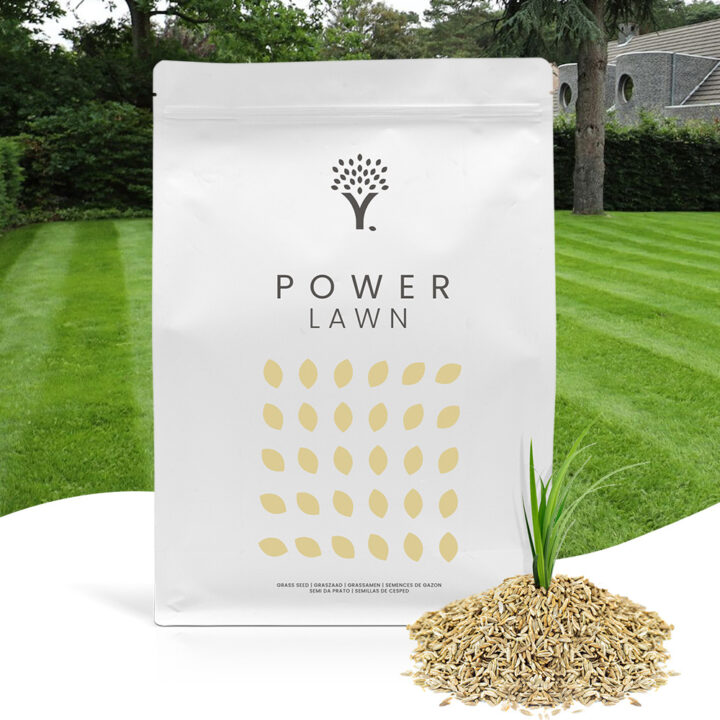
For a lawn like a Premier Football stadium, MOOWY’s Power Lawn grass seed provides quick coverage and robust grass plants for heavy-use lawns. Winter-hardy and resistance to the UK’s unpredictable seasons, the high proportion of perennial ryegrass ensures rapid germination and a fine structure to the resultant lawn. With 20% Red Fescue, Power Lawn grass seed delivers a fantastic, robust lawn with the striking beauty of an ornamental garden.
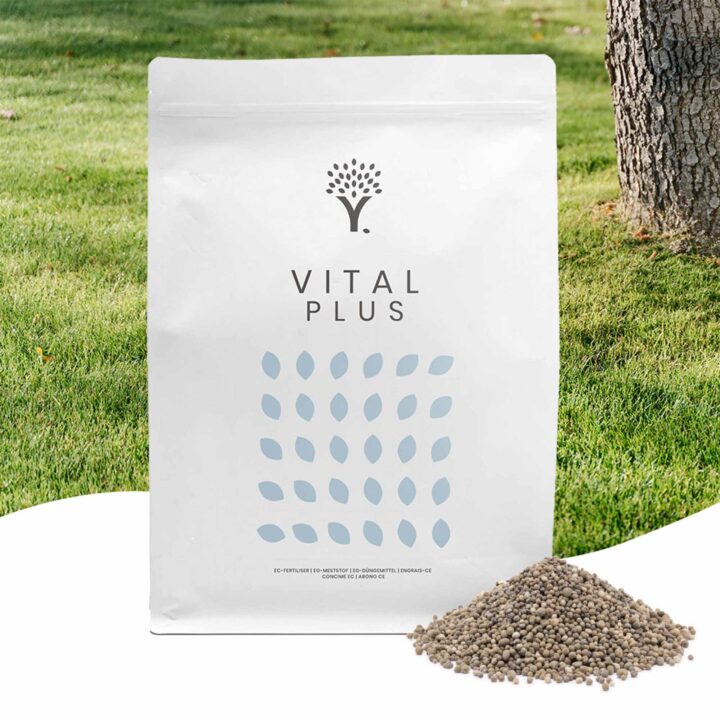
A healthy lawn needs a premium fertiliser, and MOOWY’s All-Round fertiliser is the perfect remedy to long, hot summers. Feeding the grass plant at the roots, All-Round prepares your grass for the cold, hard winter ahead. Offering excellent recovery for a tired lawn and a high potassium content, your lawn becomes more robust and disease resistant. Nitrogen stimulates leaf growth, while phosphorus strengthens the roots, and Magnesium Oxide stimulates the colour of the grass blades and improves the plant’s cell structure. For a deep green colour to contrast against autumn’s stunning reds, apply All-Round fertiliser before the winter sets in.
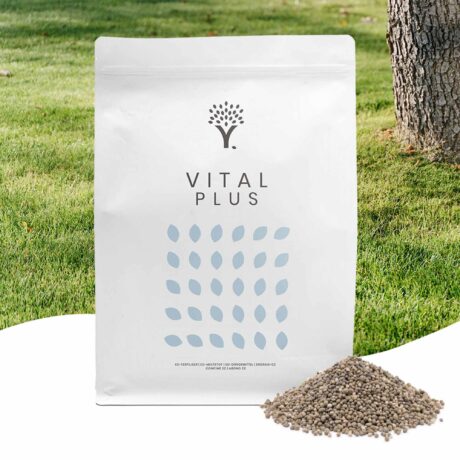
- Order by 2PM = shipped today
- 250.000+ satisfied customers!
- 60 day satisfaction guarantee

- Order by 2PM = shipped today
- 250.000+ satisfied customers!
- 60 day satisfaction guarantee
Autumn questions
You’ve got questions? We’ve got answers!
Scarifying puts a strain on the lawn, which is why it is best to scarify in a period when the grass is growing well (in the spring from March to May, and in the autumn from the end of August to October).
Scarifying is an important maintenance technique for removing moss or dead organic material, also known as the thatch layer or felt. This organic material chokes your lawn. Verticutting (mowing vertically) will give the grass more room to develop. Read more about Scarifying here
Make sure there are enough nutrients in the soil by fertilising the lawn four times a year. Our fertilisers are specially tailored to deliver the precise nutrient requirements of your lawn for each season. Use this as a seasons guide:
Spring: Spring boost lawn fertiliser.
Summer: Long lasting lawn fertiliser.
Early autumn: All-round lawn fertiliser.
Autumn: All-round lawn fertiliser.
Spring and early autumn are the best periods. The soil temperature must be at least 10 degrees for the grass seeds to germinate. The soil temperature is not the same as the air temperature and stays cold longer in spring, while the soil temperature stays warm longer in autumn. In this article, Louis provides tips for successful sowing.
We help you with any questions*!
* about lawn
🌱 All important maintenance moments for your lawn during the year. Leave your email and we will send you the lawn calendar for free.
Enter your email
Receive the lawn calendar in the mail
Enjoy a green lawn all year round!








